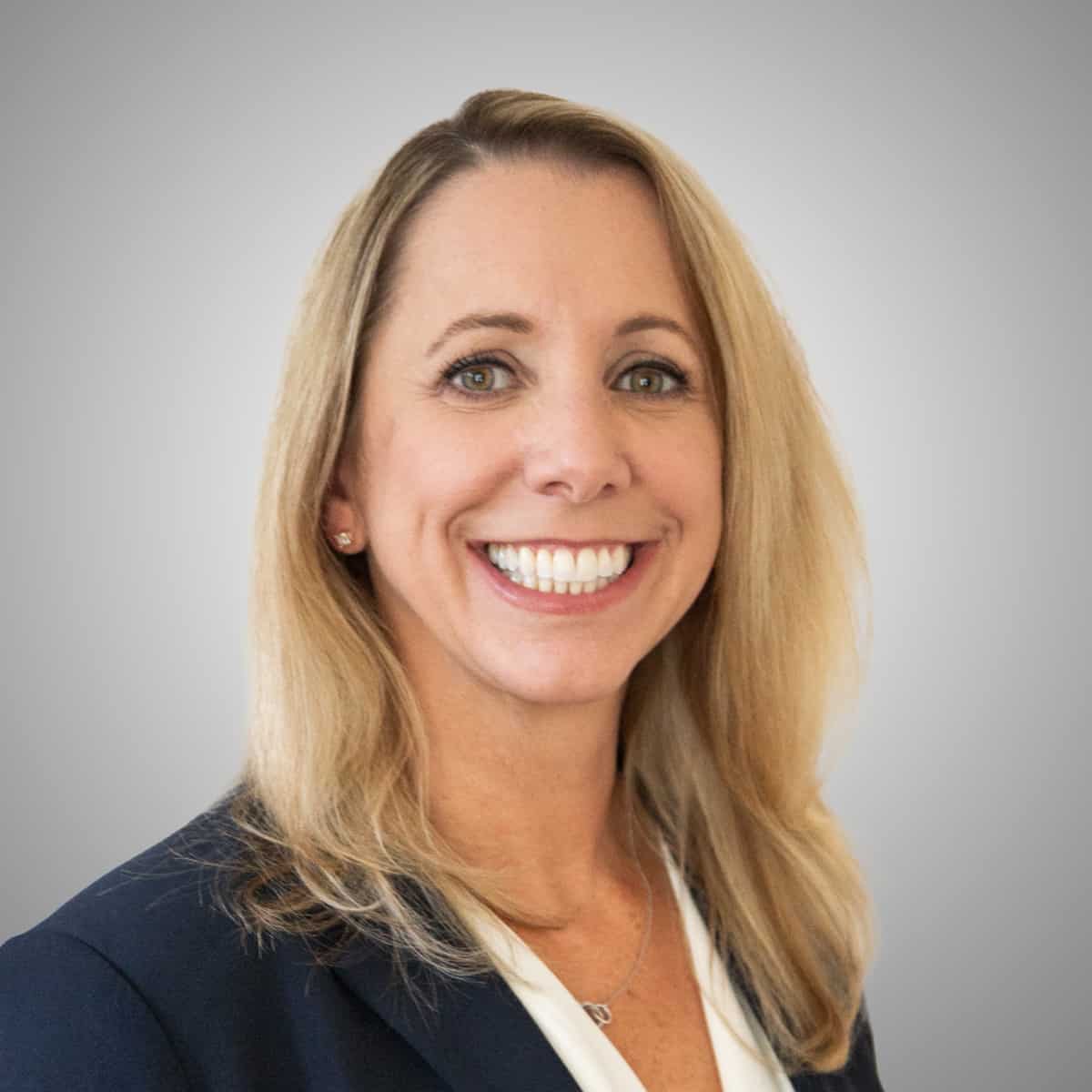
A Guide to Infrastructure Asset Management Programs (IAMP) to Manage the Water Infrastructure Life Cycle

Managing water and wastewater system infrastructure needs is a continuously compounded problem, intensified by external and internal factors, from climate change elements and environmental impacts to system operations and material performance.
System owners of any size can proactively manage their infrastructure through its design life by focusing on the elements and processes of asset management, initiating a program framework that defines the “why” and “how” and also serves as a structure for a scalable and implementable Infrastructure Asset Management Program (IAMP).
Driving every IAMP is the reality that the existing system was planned and constructed to provide a level of service that, to continue, must be assessed, managed, and renewed throughout the infrastructure life.
(To access a PDF version of the guide, download the file using the form above.)
1. The IAMP Mission
Each IAMP begins with a mission that is focused on taking inventory of the infrastructure in operation, understanding existing conditions, identifying needs and potential risks, and prioritizing and planning for infrastructure renewal.
The Infrastructure Life Cycle is a continuous process which begins with the initial planning of the system and ends with infrastructure renewal.
 Reduce risk
Reduce risk
- Infrastructure asset knowledge gained
- Infrastructure asset needs assessed
- Infrastructure asset issues reduced
Proactively plan
- Accurately identifying where/what/when for an infrastructure asset and budgeting predictively
- Performing infrastructure asset renewal and spending available funds at the right time in the life of an asset
Manage infrastructure asset life
- Assessing/prioritizing/renewing infrastructure assets
- Assess to renew infrastructure asset life
- Accurately apply infrastructure renewal
2. The IAMP Elements
Defining and planning each element assures that the overall scale of the program is described, including tying time, costs, and goals directly to the program structure. Taking this first critical step affirms that what is planned achieves the end goals and is of a structure and scale that available funds and resources are sufficient for successful implementation.
Plan for only what is achievable under current conditions and scale up over time as budget and staff resources allow.
3. The IAMP Framework
Using the IAMP framework from the beginning avoids getting too far into program planning only to realize there are not sufficient resources, such as staff and budget, to fully implement and achieve program goals. Addressing these five key questions can set you up for a successful IAMP:
4. The IAMP Condition Assessment + Operational Performance Elements
Planning for condition assessment starts with understanding the drivers:
-
Applying inspection and testing methods that result in accurate assessment.
-
Utilizing assessment information to determine infrastructure needs.
-
Evaluating infrastructure criticality in the system and resultant risk to overall system performance.
-
Determining renewal that is implementable and effectively uses available funds.
What, Where, Why
Evaluating all available information on an infrastructure asset is key to understanding the performance and reliability as it operates in a system. This can be accomplished by asking what, where, and why. The “What” is the identified system issue and the “Where” identifies the true location of the system issue causing the “What”. The “Where” may spatially relate to the system and/or a component infrastructure asset to a facility.
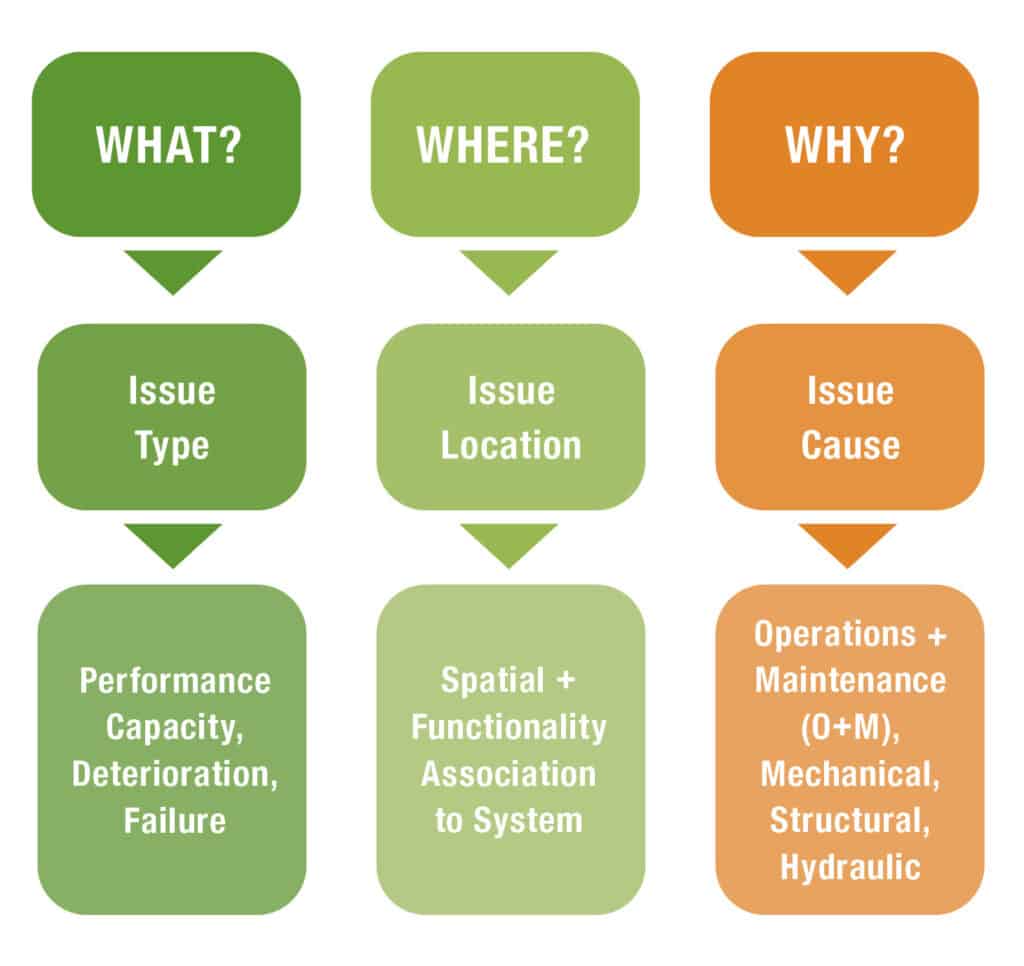
Root Cause Analysis of system issues is an iterative process until what/where/why can be successfully identified, as tested in operation, and verified by the identified renewal implemented being successfully applied and the system issue resolved.
5. The IAMP Information Solutions Element
The volume of data associated with successful daily operations within water and wastewater systems demands higher capabilities than manually tracking can typically deliver. With the continual advances of software capabilities, utilizing Computerized Maintenance Management Systems (CMMS) and/or Enterprise Asset Management Systems (EAMS) which best meets system needs and budgets can be beneficial to overall program data management for IAMP decisions.
The Pros and Cons of a CMMS/EAMS
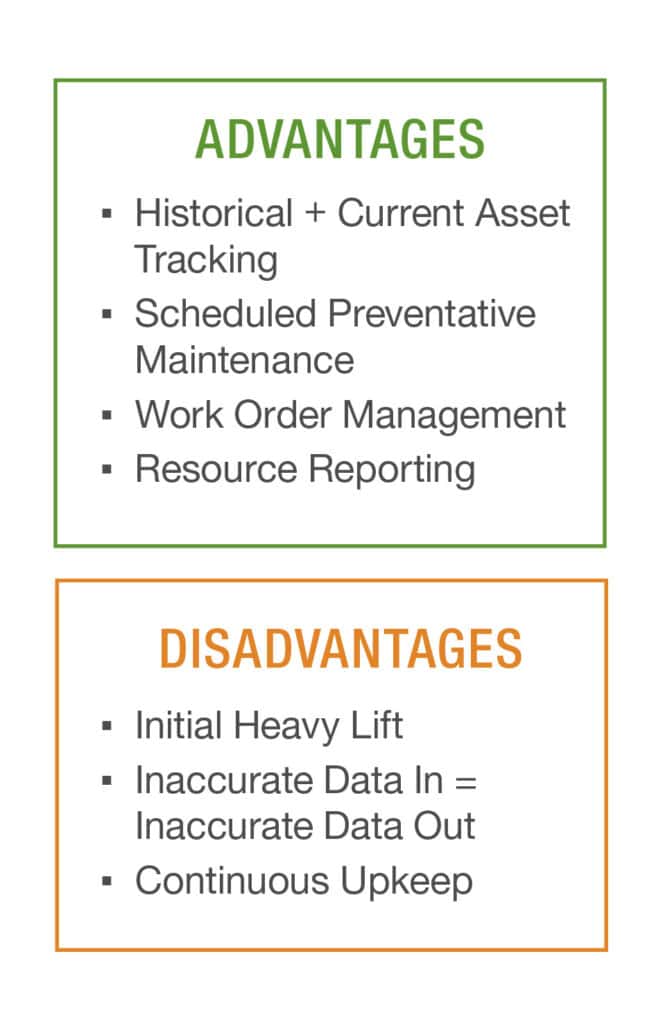
The first step is importing data from various formats, from hard copy to various electronic sources. The level of effort required for the data import will vary based upon data sources(s) and format. A protocol for data collection, review and import provides consistency in data implementation. Performing data QA/QC prior to import will minimize data application errors (example: Verifying if a pump is still installed in the system). Training staff initially and consistently to promote software understanding and use. Regularly check-in to verify that quality data is being applied to the CMMS/EAMS to make future data-driven decisions.
CMMS SELECTION:
Hundreds of software solutions are available within various cost ranges to accommodate every budget. When considering a CMMS/EAMS, questions to ask end users include:
To determine which software to select, apply the common themes from the questions for the identification of software that most possesses the ability to improve data collection needs. Following this step, apply the end user “how would a CMMS most benefit” to highlight the benefits of one software over another, considering budget and resources. Note that not all desired benefits may be feasible in one CMMS; the key is to balance wants with needs and fiscal resources. However, the more benefits that can be included will increase the likelihood of user investment in the software, thereby improving the success of the IAMP.
6. The IAMP CIP Planning + Optimization Element
 WHAT COMES FIRST, SECOND, AND LAST
WHAT COMES FIRST, SECOND, AND LAST
Prioritizing system needs allows the planning of what improvements need to be first, second, and last. Applying Likelihood of Failure (LoF) and Consequence of Failure (CoF) factors, risk-based prioritization enables effective prioritization and risk mitigation.
Priority classifications should consider 1) Risk Tolerance for Infrastructure Asset Performance; 2) Infrastructure Asset Criticality to System Performance; and 3) Economic Factors of infrastructure performance as it relates to providing reliable service.
The ability to manage infrastructure while maintaining the financial capacity to make planned renewals of infrastructure before failure is the foundation of an IAMP. Understanding what is involved to access the infrastructure, preparation for installation and process for installing, verifying the success of the renewal and testing are all keys to success.
- Identified and Assessed Infrastructure Needs
- Location and Adjacent Infrastructure Conditions
- Long-Term Performance and Success
- Construction and/or Installation Feasibility with Existing Conditions
- Verification of Performance (Short and Long Term)
Developing construction documents that include infrastructure and location conditions information provide clarity to work requirements and minimize obstacles in the infrastructure renewal process. Complemented by construction details that prescribe materials, components, and method for installation assures expectations for delivery are defined. Identifying where the infrastructure is to be accessed enables effective planning for renewal.
Final inspection review and testing requirements, as well as third-party unbiased analysis of finished product performance in the system, provides confidence that the end results will produce a renewed infrastructure asset with an extended design life achieved.
Planned IAMPs result in effective Infrastructure Life Cycle Management.
HR Green Support
HR Green is here to help you navigate Infrastructure Asset Management Programs. Whether we are providing civil engineering services, innovative management solutions to timely challenges, or overseeing the construction of a high-profile improvement, the projects we undertake with our clients connect and shape communities, drive redevelopment and sustainability goals, and improve processes for consistent value.
Contact Leigh Thomas to schedule an appointment today!
Subscribe to HR Green Insights
We're dedicated to providing up-to-date knowledge and insights about the topics that matter most to you. We know how busy you are, so we will keep this simple, covering just one topic per email. Once you've subscribed, you can easily customize your preferences to receive only the updates relevant to you.
 Reduce risk
Reduce risk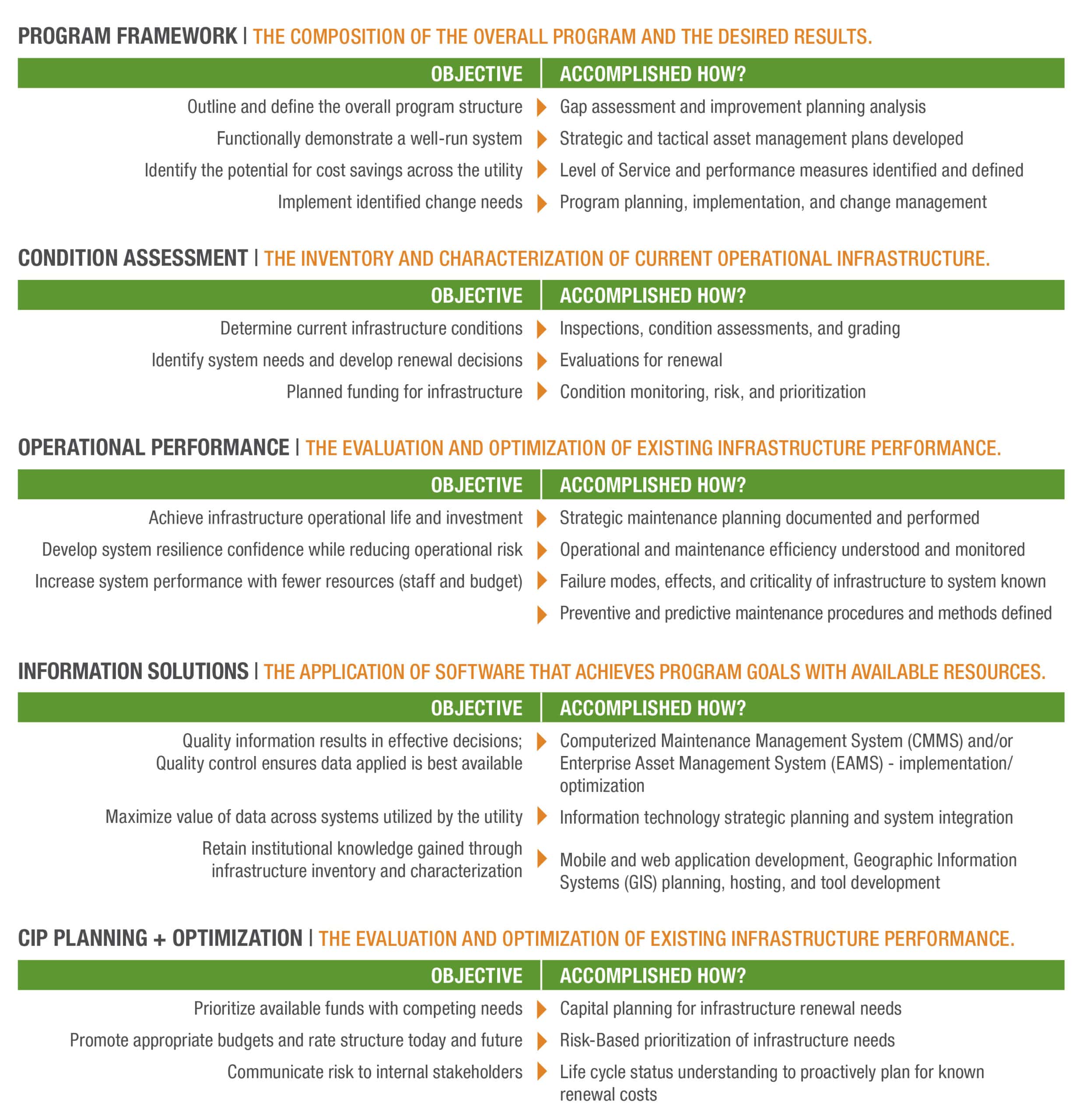
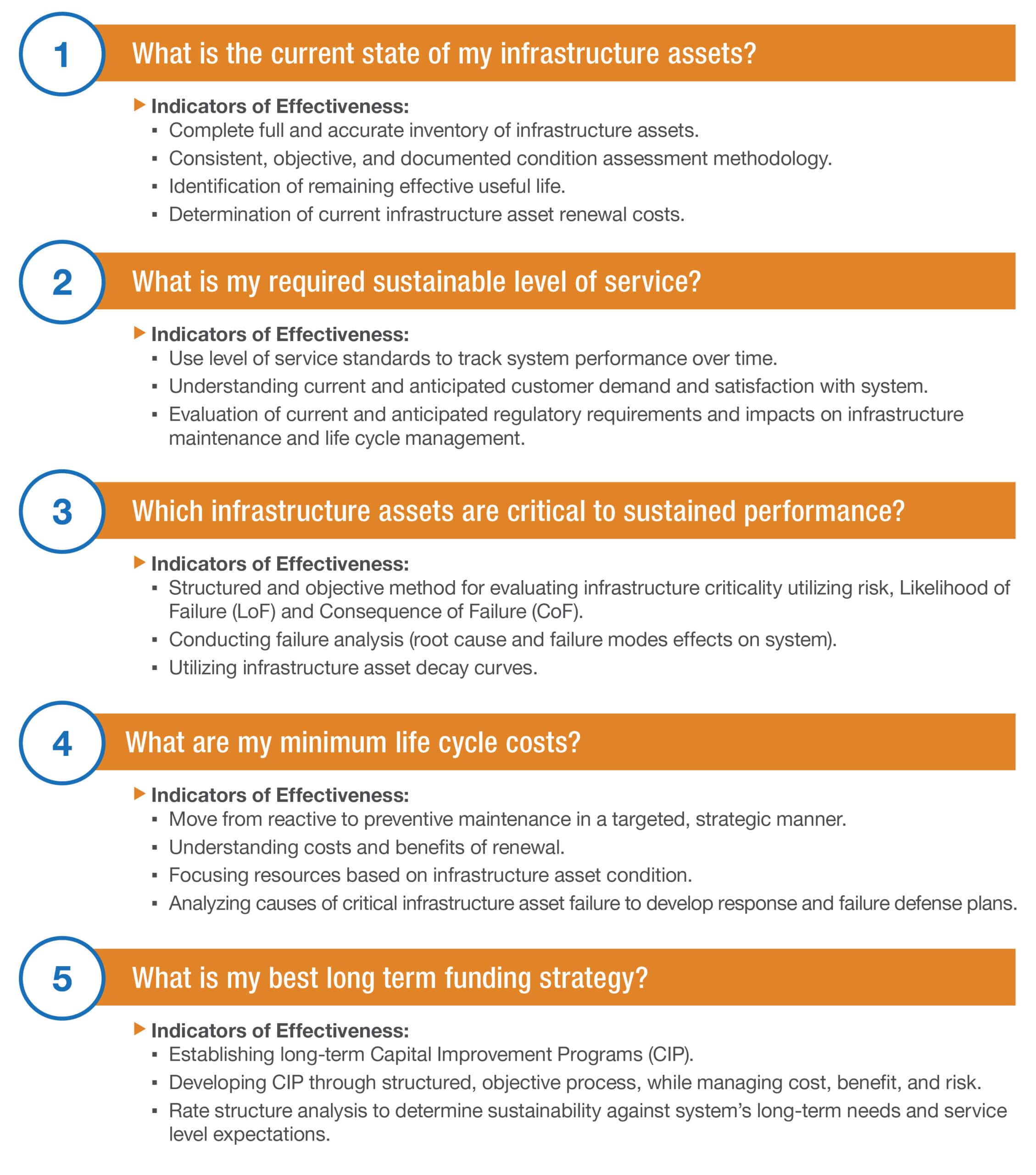



 WHAT COMES FIRST, SECOND, AND LAST
WHAT COMES FIRST, SECOND, AND LAST